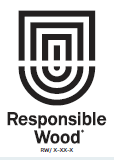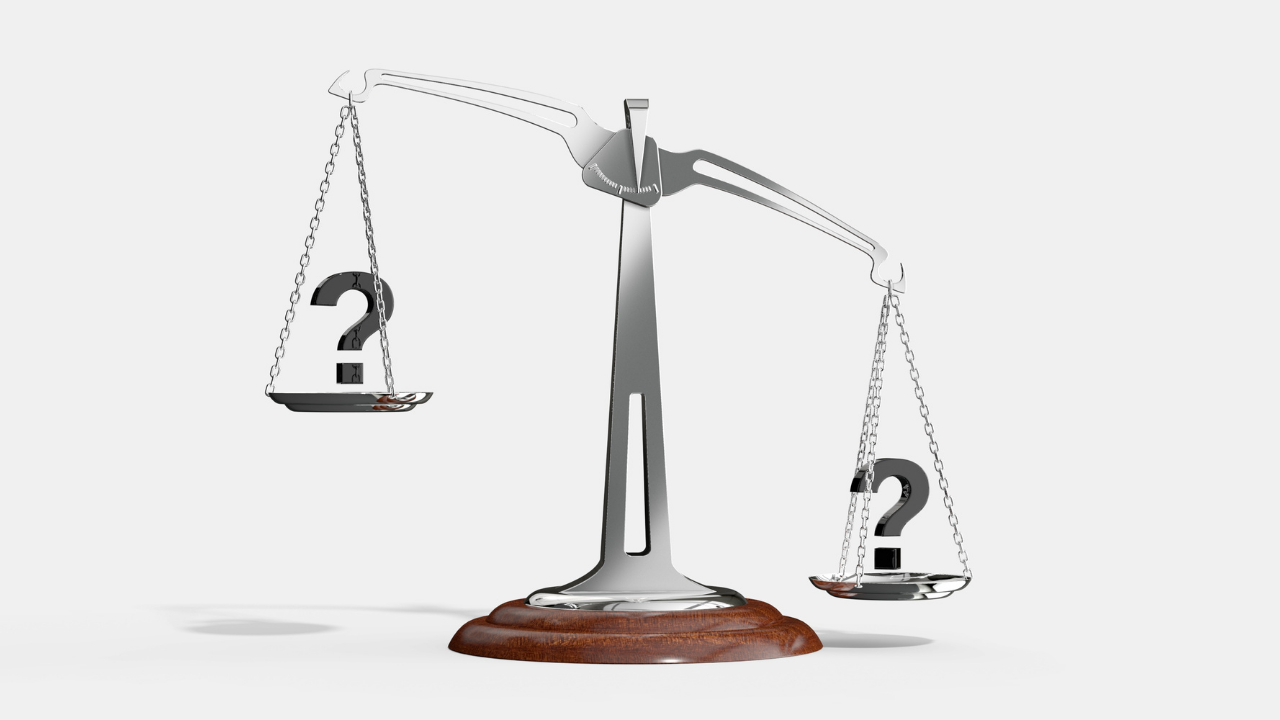 Sustainability is becoming one of the core principles influencing customers’ purchasing decisions and organisations’ procurement decisions. Customers have become increasingly conscious of where the products they buy come from and what they are made of. Whilst companies are striving to be leaders of environment stewardship.
Sustainability is becoming one of the core principles influencing customers’ purchasing decisions and organisations’ procurement decisions. Customers have become increasingly conscious of where the products they buy come from and what they are made of. Whilst companies are striving to be leaders of environment stewardship.
So, what is sustainable procurement? And how can you make a difference in the fight against climate change and environmental degradation? Below is a brief introduction to sustainable procurement and how it can help not only the future of the environment but also your business.
What is Sustainable Procurement?
Sustainable procurement refers to the act of adopting Corporate Social Responsibility (CSR) principles to a company’s procurement processes and procedures. It aims to lower carbon footprints, reduce waste to landfill and promote innovative design solutions to boost sustainable purchasing decisions.
By integrating sustainability as a consideration in procurement processes, organisations consider environmental impacts while ensuring they still meet stakeholders’ requirements.
Drivers for Sustainable Procurement
Laws applicable in the procurement process
Diversity and fairness
Impact on the environment
Why should you consider Sustainable Procurement?
Cost reduction
What does sustainable procurement look like?
- Considering the percentage of recycled content in plastic, paper and glass packaging. They should align with the Australian Packaging Covenant Organisations’ National Packaging Targets
- Identifying whether buildings or refurbishments are constructed to meet the requirements of specific criteria as part of achieving sustainable building certification or ISO standards
- Considering the recycled content in supplies, furniture and fittings and determine whether they can be recycled at the end of their life
- Participating in an accredited product stewardship scheme
- Considering donating food waste generated from events and excess catering to food collection services such as OzHarvest or Foodbank.
- Switching to solar power
- Making environmentally conscious purchasing decisions at the supermarket
- Switching to LED light bulbs
When planning your procurement process or considering which goods or services to employ, make sure to look out for accredited labels and certifications below.
1.png?width=128&height=182&name=blog%20content%20-%20Australasian%20Recycling%20Label(ARL)1.png) |
Australasian Recycling Label (ARL) The ARL is an evidence-based system underpinned by the Packaging Recyclability Evaluation Portal design tool to provide a nationally consistent approach to packaging transparency. |
.png?width=118&height=146&name=blog%20content%20-%20Good%20Environmental%20Choice%20Australia%20(GECA).png) |
Good Environmental Choice Australia (GECA) GECA offers a range of services, including ’Australia’s only not-for-profit multi-sector ecolabelling program. |
 |
The Australian Standard 4736-2006 for compostable and biodegradable plastics. It is a certification system throughout Australia and New Zealand. |

|
EPEAT is a global ecolabel in the IT sector managed by the Green Electronics Council, providing an independent verification on manufacturers’ claims around sustainability. |

|
Fairtrade Australia New Zealand The Fairtrade mark is a globally recognised label displayed on goods to ensure they meet the social, economic and environmental standards set by Fairtrade International. |
.png?width=100&height=107&name=blog%20content%20-%20Forest%20Stewardship%20Council%20Certification%20(FSC).png) |
Forest Stewardship Council Certification (FSC) FSC is an internationally recognised certification system that provides a guarantee that processes and operations or the production and source of goods meet the FSC standards. |
 |
The fuel consumption label is an Australian Government initiative to inform consumers of the fuel consumption of a car and the potential carbon emissions. |
 |
Green Tag ™ certification is a third-party green building and goods certification and rating system that is underpinned by scientific and Life Cycle Assessment (LCA) processes. |

|
Green Tick Certified Sustainable The Green Tick Certified Sustainable scheme is a certification authority which promotes products that have been independently certified as environmentally sustainable. |
.png?width=88&height=119&name=blog%20content%20-%20Programme%20for%20the%20Endorsement%20of%20Forest%20Certification%20(PEFC).png) |
Programme for the Endorsement of Forest Certification (PEFC) PEFC works to protect forests through certification which promotes sustainable forest management. |
|
|
Recycled content is defined in Australian Standard 14021:2018. This logo can be used to indicate the percent of recycled content. |
 |
Responsible Wood is an Australian scheme which promotes environmentally sound, socially just and economically viable management of forests. |
 |
The Energy Rating Label is a rating system which promotes the energy efficiency of an appliance by demonstrating its annual energy consumption through a star rating system. |
 |
The Water Rating Label is an Australian/NZ rating system which allows consumers to compare how water efficient an appliance is based on a star rating system. |
Are you a Buyer and interested in Sustainable Procurement on the other side of tendering? Don't worry, we haven't forgotten about you! Read our blog on Sustainability for Buyers (Sustainable Procurement pt.II)!



.png)


